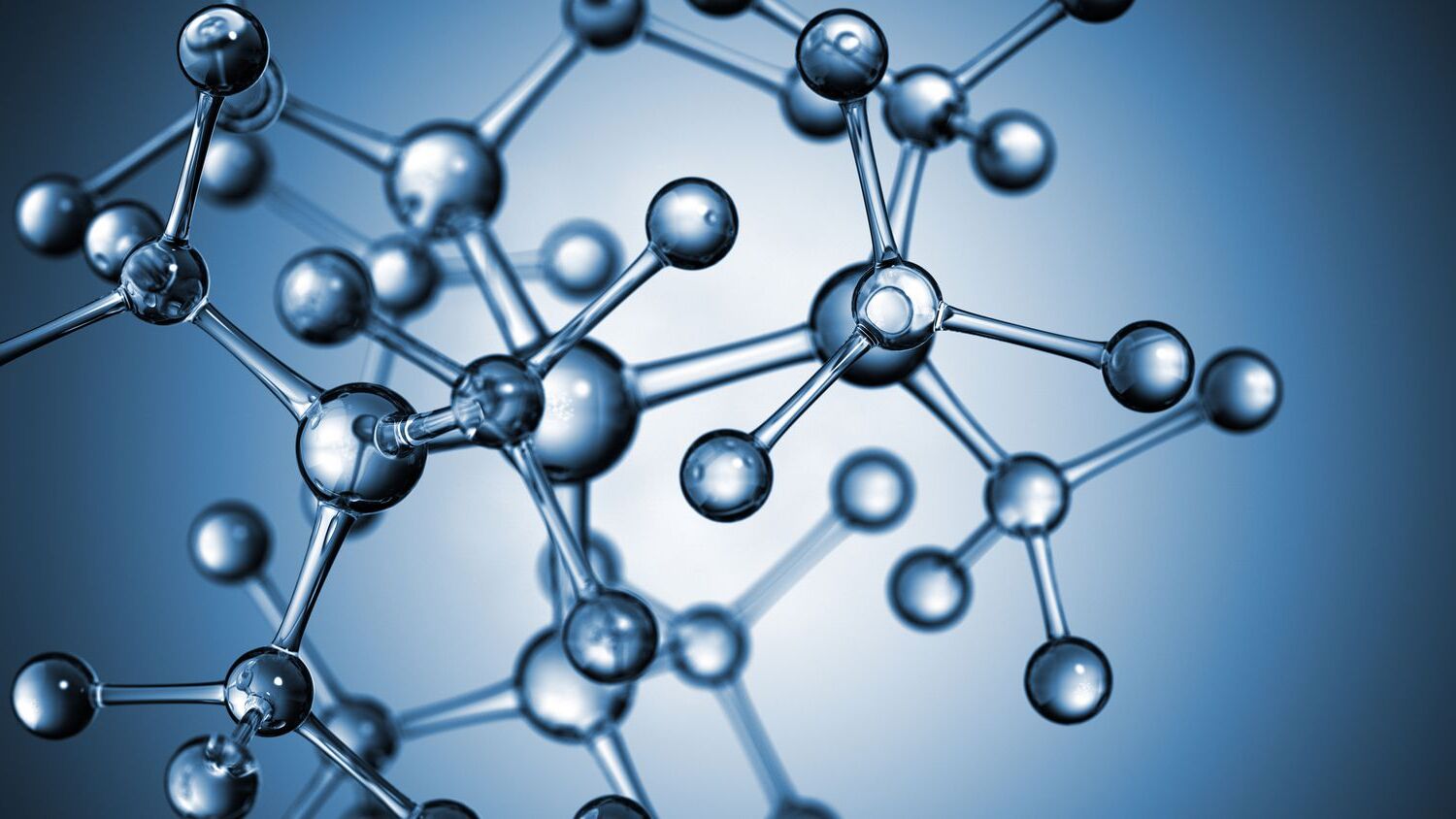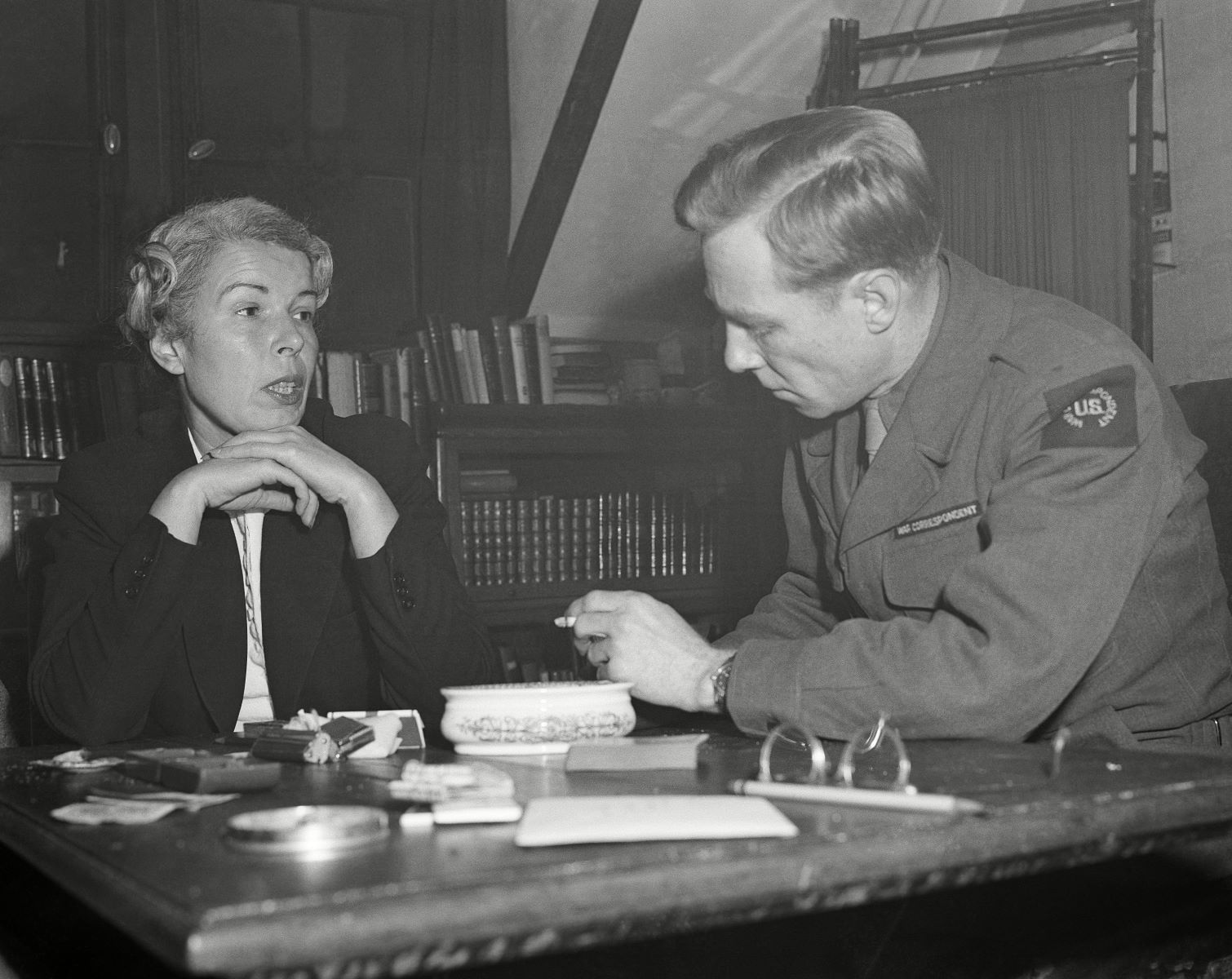
Chemical structures are like the blueprints of molecules, showing how atoms connect and interact. Understanding these structures is crucial for anyone interested in chemistry, biology, or medicine. But why should you care? Knowing chemical structures helps explain how medicines work, why certain foods taste the way they do, and even how materials like plastic are made. Imagine being able to look at a simple diagram and predict how a substance will behave! This knowledge isn't just for scientists; it's useful in everyday life too. Ready to dive into some mind-blowing facts about chemical structures? Let's get started!
Key Takeaways:
- Understanding chemical structures helps scientists predict the properties of substances, from soap to solar cells. It's like knowing the secret recipe for making things work in the world around us!
- Chemical structures are like blueprints for everything, from medicines to technology. They determine how things function and interact, making them essential for advancements in our everyday lives.
What is Chemical Structure?
Chemical structure refers to the arrangement of atoms within a molecule. Understanding these structures helps scientists predict the properties and behaviors of different substances. Here are some fascinating facts about chemical structures.
-
Atoms Bond Together: Atoms form chemical bonds to create molecules. These bonds can be ionic, covalent, or metallic.
-
Lewis Structures: These diagrams represent the bonds between atoms in a molecule. They show how electrons are shared or transferred.
-
Molecular Geometry: The 3D arrangement of atoms in a molecule affects its properties. For example, water has a bent shape, making it polar.
-
Isomers: Molecules with the same chemical formula but different structures are called isomers. They can have vastly different properties.
-
Chirality: Some molecules are mirror images of each other, like left and right hands. These are called chiral molecules.
Types of Chemical Bonds
Chemical bonds are the glue that holds atoms together. Different types of bonds result in different properties for the molecules they form.
-
Ionic Bonds: Formed when one atom donates an electron to another, creating charged ions that attract each other.
-
Covalent Bonds: Atoms share electrons to fill their outer shells. This type of bond is common in organic molecules.
-
Metallic Bonds: In metals, electrons are free to move around, creating a "sea of electrons" that holds the atoms together.
-
Hydrogen Bonds: These weak bonds occur between molecules that have hydrogen atoms bonded to electronegative atoms like oxygen or nitrogen.
-
Van der Waals Forces: Weak attractions between molecules due to temporary dipoles. They play a role in the properties of gases and liquids.
Importance of Chemical Structures in Biology
Chemical structures are crucial in biology. They determine how molecules interact within living organisms.
-
DNA Structure: DNA's double helix structure allows it to store genetic information. The sequence of bases determines genetic traits.
-
Protein Folding: Proteins fold into specific shapes that determine their function. Misfolded proteins can cause diseases.
-
Enzyme Specificity: Enzymes have active sites that fit specific substrates, like a lock and key. This specificity is due to their chemical structure.
-
Cell Membranes: Made of lipid bilayers, cell membranes control what enters and exits the cell. Their structure is vital for cell function.
-
Hormones: Chemical messengers like insulin have specific structures that allow them to bind to receptors and trigger responses in the body.
Chemical Structures in Everyday Life
Chemical structures are not just for scientists. They play a role in everyday products and processes.
-
Soap Molecules: Soap has a hydrophilic head and a hydrophobic tail. This structure allows it to dissolve grease and oil in water.
-
Plastic Polymers: Plastics are made of long chains of repeating units. Their structure gives them flexibility and durability.
-
Aspirin: The structure of aspirin allows it to inhibit enzymes that cause pain and inflammation.
-
Perfumes: The structure of fragrance molecules determines how they evaporate and interact with receptors in the nose.
-
Food Additives: Many food additives, like preservatives and flavor enhancers, have specific structures that affect their function and safety.
Advanced Concepts in Chemical Structure
For those interested in diving deeper, advanced concepts in chemical structure reveal even more about the nature of molecules.
-
Quantum Chemistry: This field studies how quantum mechanics affects chemical bonding and structure.
-
Molecular Orbitals: Electrons in molecules occupy molecular orbitals, which are combinations of atomic orbitals.
-
Crystal Lattices: In solids, atoms are arranged in repeating patterns called crystal lattices. This structure affects properties like hardness and melting point.
-
NMR Spectroscopy: Nuclear Magnetic Resonance (NMR) spectroscopy is a technique used to determine the structure of organic compounds.
-
X-ray Crystallography: This method uses X-rays to determine the 3D structure of crystals, including complex biomolecules like proteins.
Chemical Structures in Medicine
Chemical structures are fundamental in the development and function of medicines.
-
Drug Design: Understanding the structure of target molecules helps in designing effective drugs.
-
Antibiotics: The structure of antibiotics allows them to target specific bacterial processes without harming human cells.
-
Vaccines: The structure of antigens in vaccines triggers an immune response, providing protection against diseases.
-
Cancer Treatment: Some cancer drugs work by targeting the structure of DNA or proteins involved in cell division.
-
Biopharmaceuticals: These drugs are made from biological molecules like proteins and nucleic acids. Their structure is crucial for their function.
Chemical Structures in Technology
Chemical structures also play a role in technological advancements.
-
Semiconductors: The structure of semiconductor materials like silicon determines their electrical properties.
-
Battery Chemistry: The structure of materials in batteries affects their capacity and efficiency.
-
Nanotechnology: At the nanoscale, the structure of materials can lead to unique properties and applications.
-
Solar Cells: The structure of materials in solar cells affects their ability to convert sunlight into electricity.
-
3D Printing: The chemical structure of printing materials determines their strength, flexibility, and other properties.
The Final Word on Chemical Structures
Chemical structures are the backbone of chemistry. They reveal how atoms bond and interact, shaping everything from the air we breathe to the medicines we take. Understanding these structures helps scientists create new materials, develop drugs, and even solve environmental problems.
From simple molecules like water to complex proteins, each structure tells a unique story. Knowing these facts can make chemistry less intimidating and more fascinating. Whether you're a student, a teacher, or just curious, grasping the basics of chemical structures opens up a world of discovery.
So next time you see a chemical formula, remember there's a whole universe of interactions behind it. Keep exploring, keep questioning, and who knows? You might uncover the next big breakthrough in science.
Frequently Asked Questions
Was this page helpful?
Our commitment to delivering trustworthy and engaging content is at the heart of what we do. Each fact on our site is contributed by real users like you, bringing a wealth of diverse insights and information. To ensure the highest standards of accuracy and reliability, our dedicated editors meticulously review each submission. This process guarantees that the facts we share are not only fascinating but also credible. Trust in our commitment to quality and authenticity as you explore and learn with us.


